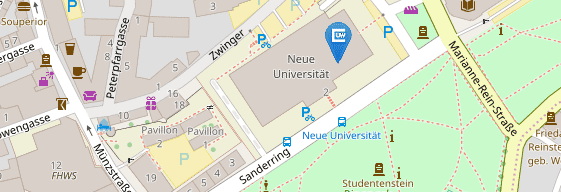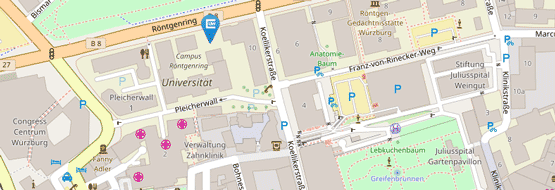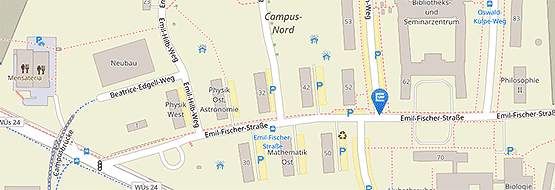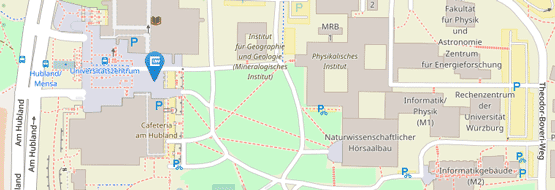Drones for Civil Security
11/25/2025In a joint research project, researchers in Würzburg have developed a system capable of repelling and capturing unauthorised drones. The interceptor drones operate entirely autonomously.
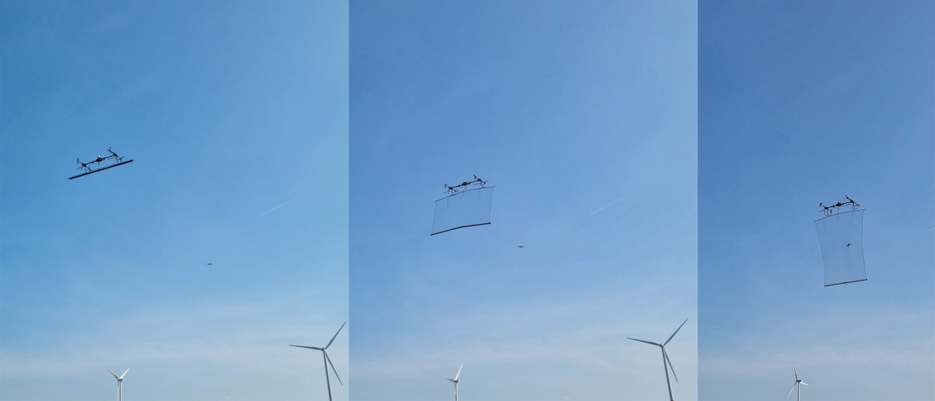
Over recent years, drones have evolved into highly versatile tools. They support research teams in surveying and exploration work, are used in agriculture and logistics, and enable film crews and photographers to capture spectacular shots. At the same time, however, these unmanned aerial vehicles also pose risks—particularly when they appear in restricted airspace: at major events, above prisons or near airports, where they can endanger air traffic.
Since 2017, the Federal Ministry of Education and Research has been funding projects as part of the initiative Research for Civil Security that develop protective measures against such unwelcome intruders. One of these projects has now been successfully completed at Julius-Maximilians-Universität Würzburg.
Caught in the Net
The development began in 2017 with the project MIDRAS, which convinced a jury of various security authorities during a live demonstration in summer 2020. In the subsequent flagship project IDAS (Innovative Drone Defence System), the original concept was turned into a functional prototype.
Within IDAS, the team led by Dr Julian Rothe developed a system capable of repelling and capturing potentially dangerous drones. To do so, the researchers use drones of their own. Equipped with an extendable net, the IDAS drone confronts its airborne “counterparts”.
One Large Interceptor Instead of Several
Several technical adjustments were made over the past two years. “In close consultation with the police, who are the end users, we opted for a single larger drone rather than several drones flying cooperatively. This setup meets practical requirements much more effectively,” explains Rothe. He directed IDAS at the Chair of Computer Science VIII.
Also newly integrated is an in-house target acquisition system. It relies on LiDAR sensors to detect a potential target object, after which a camera uses AI to verify it. “This ensures that the object really is a drone and not, for instance, a bird,” Rothe adds.
Autonomous Operation
The interceptor drone does not require a pilot with a joystick. Only a start button needs to be activated when, for example, airport monitoring systems detect a possible intruder.
Once the intruder has been caught in the net, it is deposited safely at a pre-defined location. According to Julian Rothe, this is a key aspect for future users: “Ensuring that the incoming drone is captured safely and remains as undamaged as possible was crucial. This enables investigative authorities to conduct forensic analyses and draw conclusions about the operators.”
Potential for Future Research
With the successful completion of IDAS, research and development involving drones at the University of Würzburg is set to continue. Although nothing is ready to announce yet, further potential projects are already being prepared.
Contact
Dr. Julian Rothe, Chair of Computer Science VIII, University of Würzburg, Tel: +49 931 31-88353, E-mail: julian.rothe@uni-wuerzburg.de


